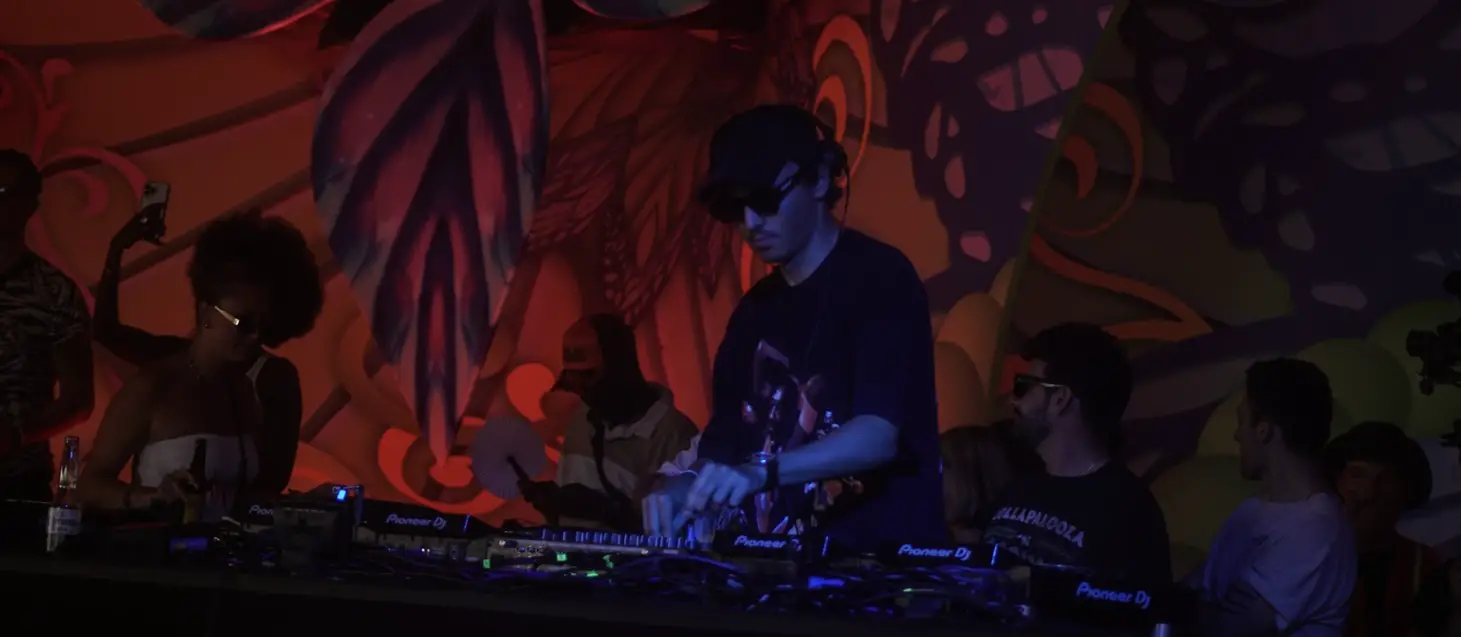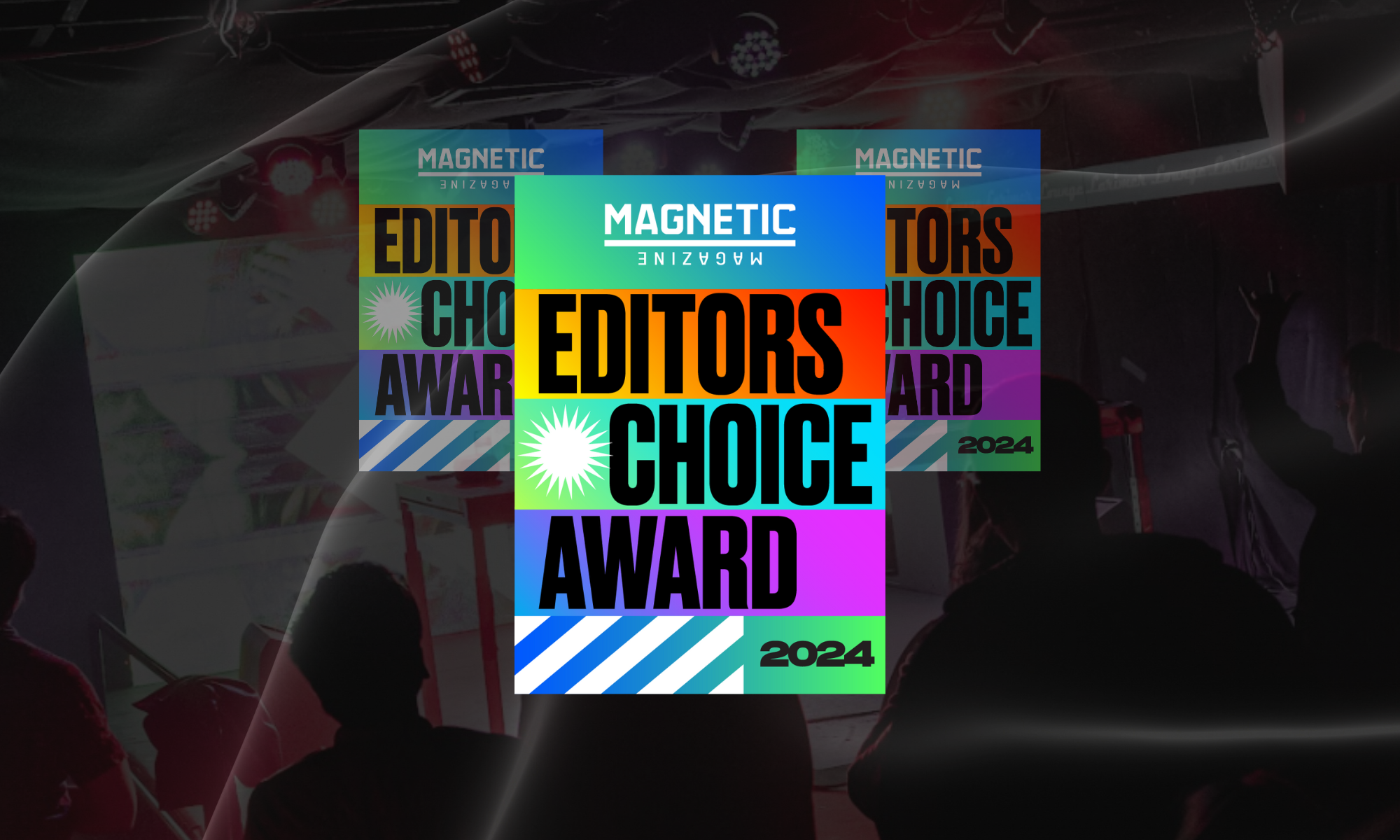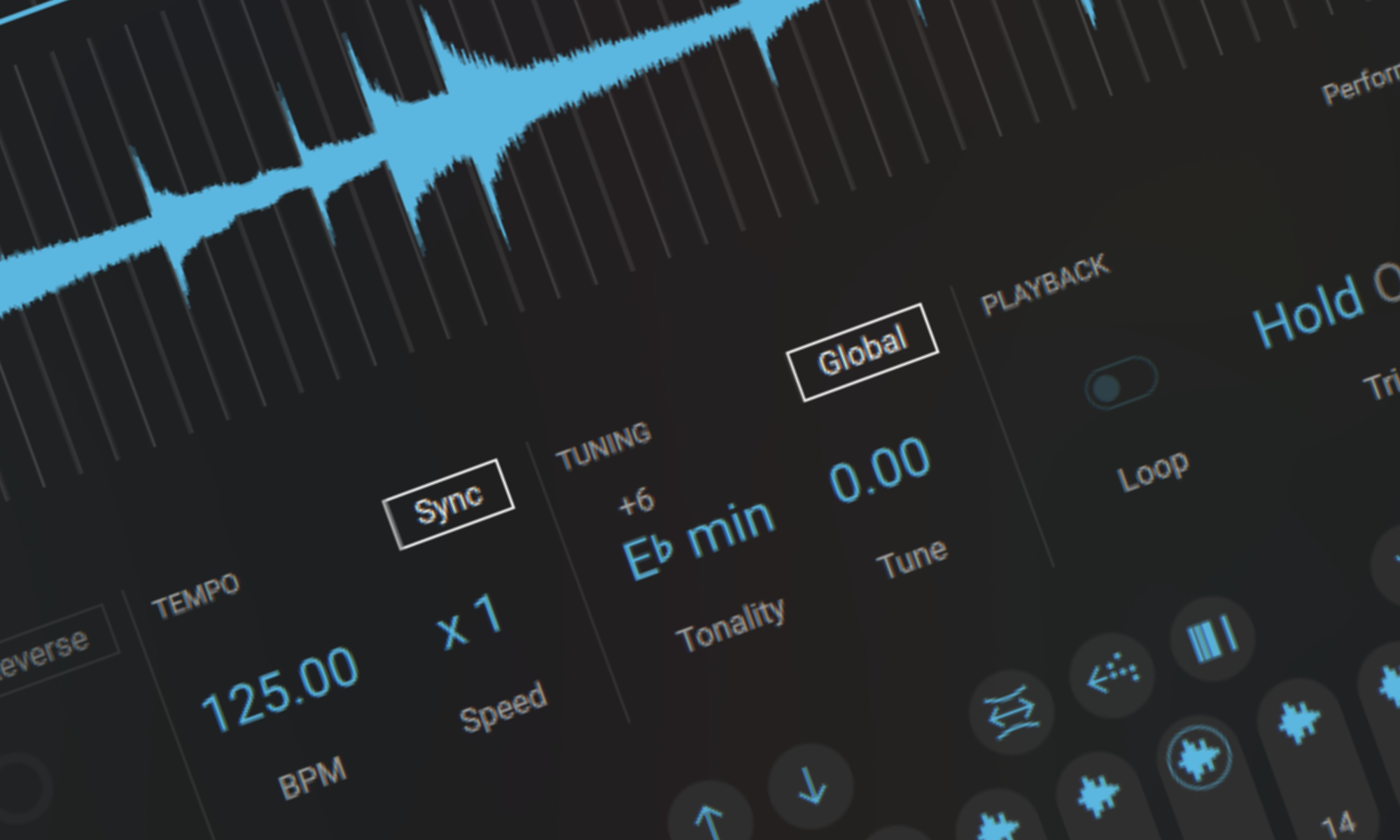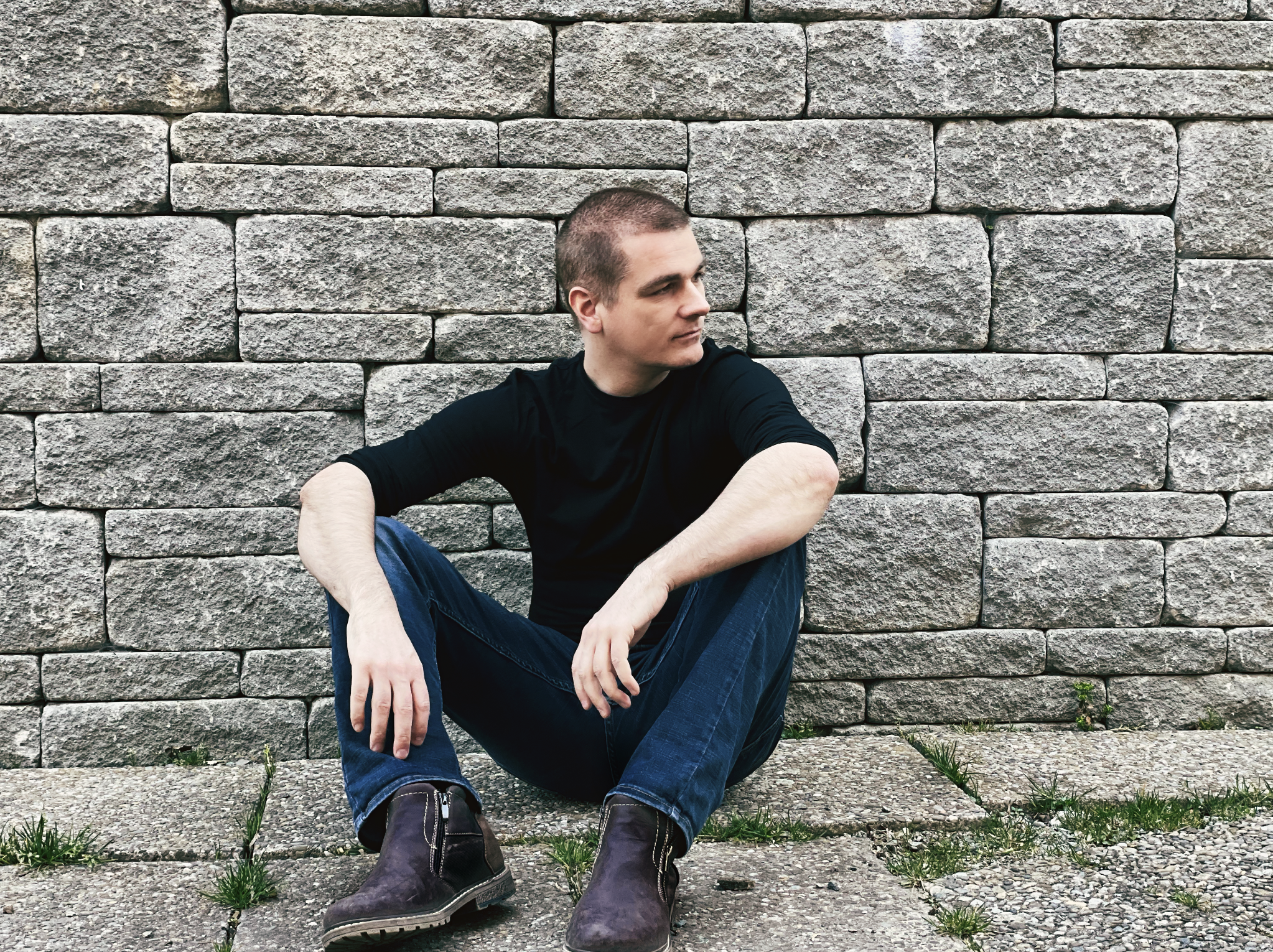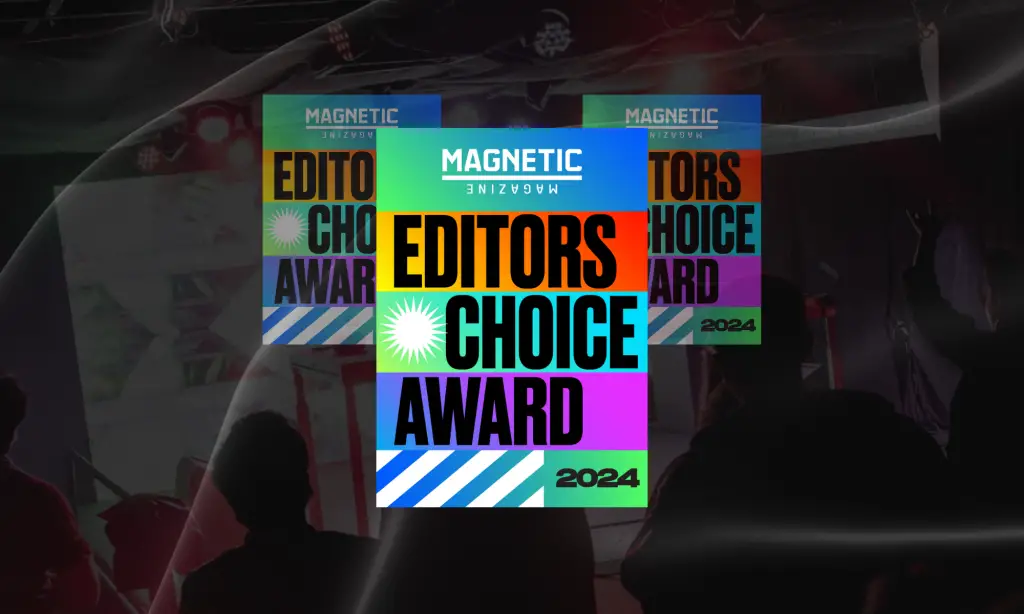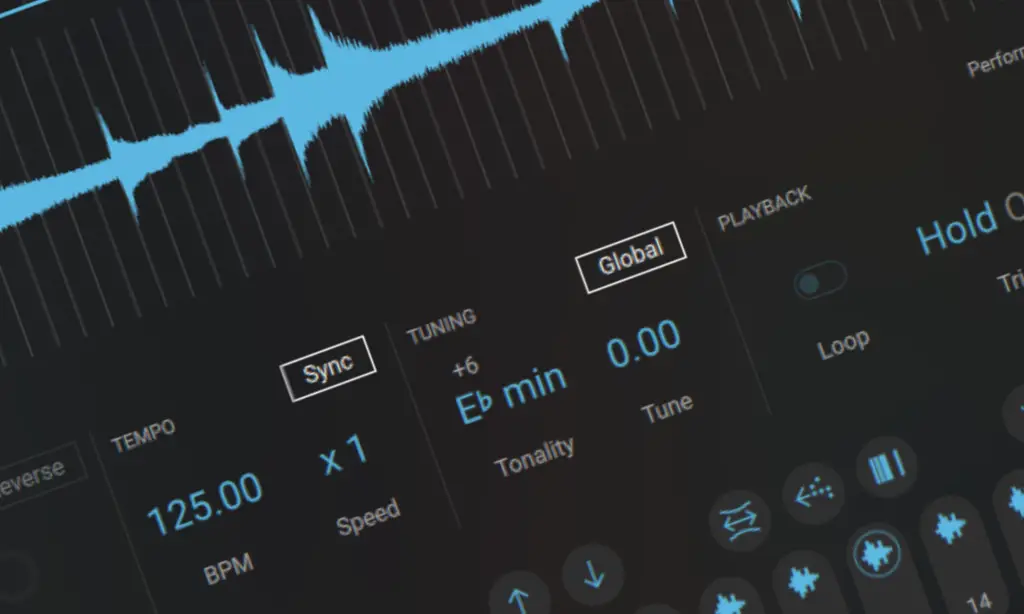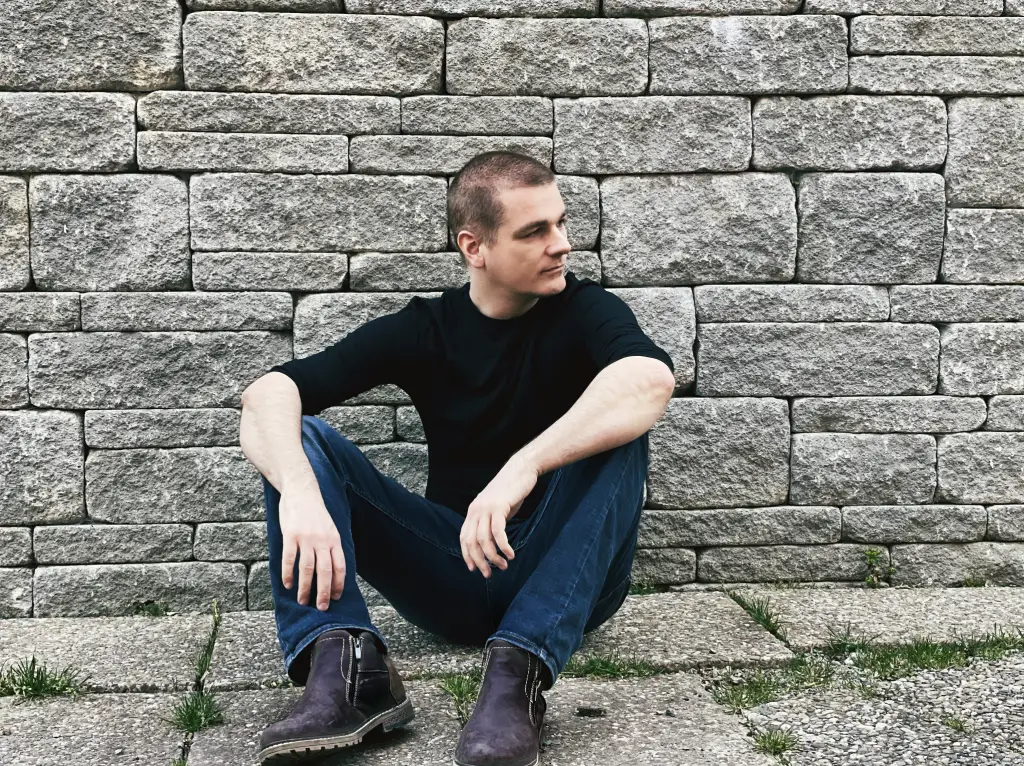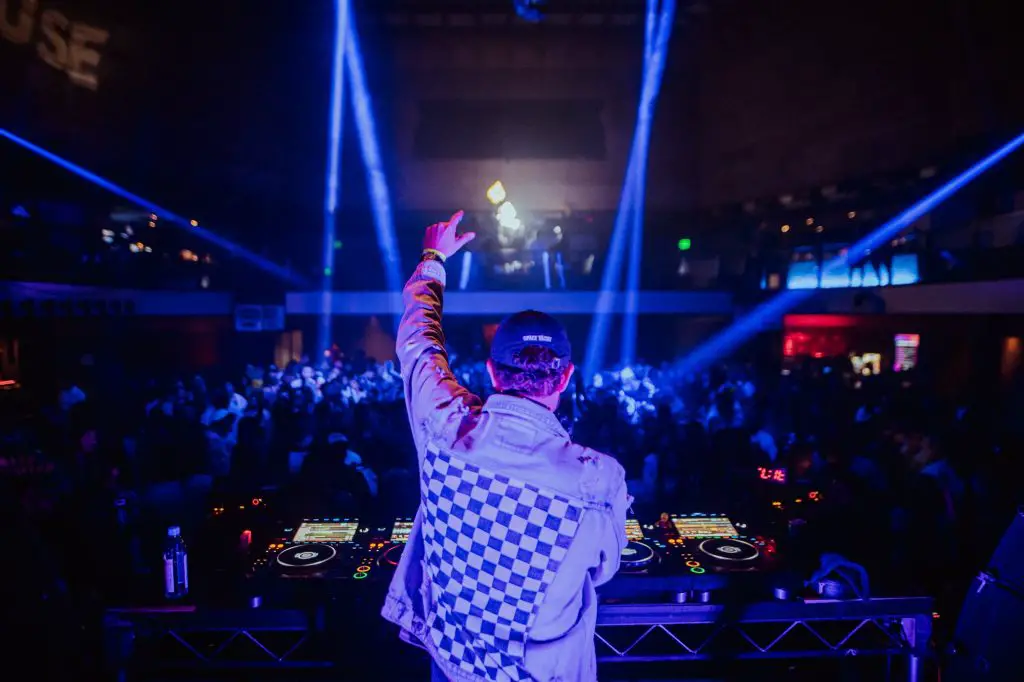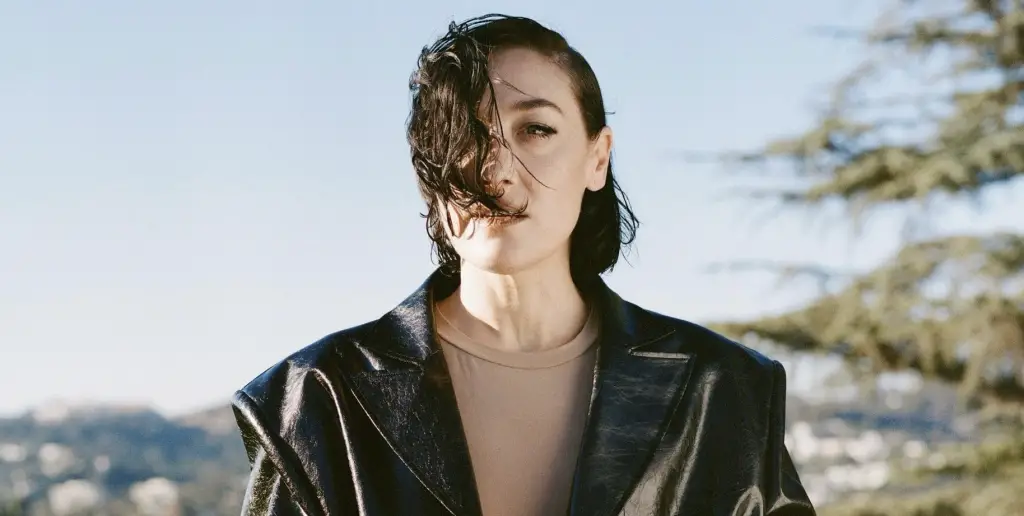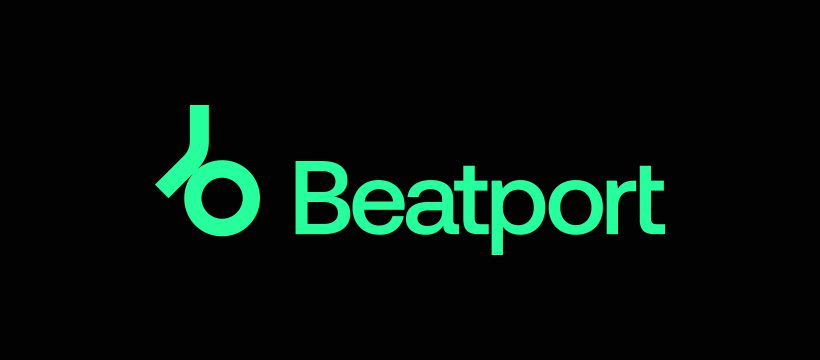Table of Contents
To build a legacy as an artist, you need more than a few good songs. It’s not a secret, but so many artists seem focused solely on creating a single viral hit that it bears repeating.
Think about the musicians we view as icons—Bon Iver, Bowie, Kendrick Lamar—they all have one thing in common: they maintained consistency across their body of work. When you think of Bon Iver, you think of experimentation and evolution, but not randomness. There was always a vision guiding them. Consistency across projects doesn’t mean repeating yourself—it means having a cohesive thread that ties your work together, a recognizable and respected identity. And while dance music as we know it is relatively new, its accessibility has brought countless artists into the space, and the idea of a strong, guiding vision is as timeless as it is universal.
Having a strong vision for your projects makes your career, project over project, something that listeners can latch onto and follow. Fans have endless options these days and a cohesive artistic direction gives people a reason to keep coming back to you and build anticipation for what may come next down the road.
And I’m going to not use the word “brand” at all through this article, as I think far too many artists these days prioritize their branding over their vision. They easily can be two sides of the same coin, but the intentions are completely different. Vision is the way and branding is just the packaging…
What Does Vision Mean for an Artist?
Vision is one of those terms that gets thrown around a lot, but what does it actually mean for an artist? Simply put, your vision is the guiding direction that helps your projects stay cohesive. It’s not just a plan or a style; it’s the overarching idea that ties your work together, whether it’s thematic, sonic, or narrative.
Take Bon Iver, for example. Each album had its own theme and experimental approach, yet you could always tell it was Bon Iver. From the sparse, raw emotion of ‘For Emma, Forever Ago’ to the rich, textured sound of ’22, A Million’ and ‘i,i,’ there was a consistent vision tying everything together. Their evolution felt intentional, allowing them to grow while still keeping that core identity intact.
Have you thought about what ties your work together? Identifying your vision as an artist takes time, but one of the best ways to start is to journal, plan, or write out your goals for each project. Consider: What message are you trying to convey? What emotions do you want the listener to feel? What story are you telling? These answers don’t have to be rigid, but having a general direction can guide your creative decisions and help keep your projects unified.
Planning for Multiple Projects at Once
Many artists fall into the trap of trying to say everything at once—cramming every good idea into a single album because they fear they won’t get another chance. Do you ever feel that urge to put every single idea you have into one project? It’s a hallmark sign of newer producers, most definitely who cram a whole EP’s worth of motifs and ideas into a single five-minute track. The truth is, thinking about multiple projects at once can actually make each one better. It allows you to explore different ideas without overloading a single project. When you think about your next two or three albums as part of a larger narrative or theme, it can prevent that overwhelming urge to include everything in one shot.
Kendrick Lamar is a great example of this. Each of his albums stands alone, but they also feel like different chapters of the same story. “good kid, m.A.A.d city” was an introspective, personal story, while “To Pimp a Butterfly” took on the complexities of systemic injustice and identity. Then came “DAMN.”, which combined personal and political narratives in a new way. The albums are distinct, but they clearly fit into a bigger picture—one that Kendrick has planned and executed over time.
Another example can be drawn from filmmakers and their approach to rejection and consistency. Directors like Scorsese and writers like Stephen King don’t dwell on one project forever—they move on, keeping a steady output that helps maintain their creative momentum. This kind of forward-thinking attitude can also apply to musicians and producers. The key is to always keep creating, even as you wait for industry validation.
So how can you apply this to your own work? Planning multiple projects can create a sense of narrative and artistic cohesion. It can also help you pace yourself creatively. Instead of feeling pressured to fit every idea into your current project, you can keep some ideas on the backburner for the next one. It’s about building a body of work that is connected yet allows for different facets of your artistry to shine.
Maintaining Flexibility Without Losing Direction
Consistency doesn’t mean rigidity. You can and should evolve as an artist, but the challenge is to do so without losing your recognizable core. Have you ever felt torn between wanting to experiment but also fearing that you’ll lose what makes your music uniquely yours? Bon Iver is a great example of an artist who maintained a balance between change and consistency. Justin Vernon and his collaborators constantly explored new textures, new production techniques, and new approaches, but they always kept a core Bon Iver essence that listeners could recognize. Reinvention became their signature, but every new iteration was still connected to what came before.
Maintaining flexibility without losing direction often comes down to knowing your non-negotiables. These are the elements that make your music uniquely yours. What are the elements you can’t let go of, no matter how much you evolve? It could be your lyrical style, your production choices, your vocal delivery, or even something as intangible as the energy of your music. Defining these non-negotiables helps you stay true to your core identity even when you’re experimenting with new sounds or styles.
Take some time to think about what aspects of your music are central to who you are as an artist. Write them down. When you start experimenting, make sure those elements are still present. They are the glue that holds your artistic vision together, allowing you to evolve without losing your sense of self.
Staying Consistent
Staying consistent isn’t just about mindset—it’s also about having practical tools to keep your vision in focus. One useful method is creating mood boards or visual reference materials for each project. Mood boards aren’t just for visual artists; they can help you set the tone for an album or EP, giving you a concrete way to align the aesthetic with the music. When you know what your project looks like, it can inform what it should sound like.
Another effective tool is keeping a playlist of reference tracks that embody the sound or vibe you’re aiming for. Whether they’re your own demos or songs by other artists, these tracks can serve as a sonic compass. Listening to these regularly while you work can help you stay aligned with your initial vision and avoid drifting too far off course. It’s also one of those small tasks you can do outside of the studio that can keep your music pushing forward and get more value out of the time you do have in the studio.
Have you ever thought about planning out the visuals—like album art, music videos, or even social media content—before you dive too deep into production? The visuals should feed into the sonic direction, and vice versa. If you have an idea of how you want your album cover to look, it can help shape the mood of the music. Visual consistency plays a huge role in making your projects feel cohesive and professional, and this cohesion will make it easier for listeners to understand and connect with your work.
So What’s The Throughline Here?
Vision is what turns individual projects into a legacy. The thread runs through your music, guiding not just each track, but how your albums connect, how your career unfolds, and how your audience perceives you. Artists like Kendrick Lamar, Bon Iver, and David Bowie became legends because they understood the power of maintaining an artistic direction across their projects.
As you progress in your journey, ask yourself: What do I want my listeners to feel when they hear my music? How do I want my next three projects to connect with each other? Remember that consistency doesn’t mean repetition.
It’s about having a strong core that guides your evolution, a vision that helps each project feel like part of something larger. Think about your next three projects, not just the one you’re working on now. Sketch out a loose vision for each—how they connect, differ, and represent different sides of you as an artist. The more intention you put into this process, the more your body of work will stand out, resonate, and ultimately, build a legacy worth remembering.
Will Vance is a professional music producer who has been involved in the industry for the better part of a decade and has been the managing editor at Magnetic Magazine since mid-2022. In that time period, he has published thousands of articles on music production, industry think pieces and educational articles about the music industry. Over the last decade as a professional music producer, Will Vance has also ran multiple successful and highly respected record labels in the industry, including Where The Heart Is Records as well as having launched a new label with a focus on community through Magnetic Magazine. When not running these labels or producing his own music, Vance is likely writing for other top industry sites like Waves or the Hyperbits Masterclass or working on his upcoming book on mindfulness in music production. On the rare chance he's not thinking about music production, he's probably running a game of Dungeons and Dragons with his friends which he has been the dungeon master for for many years.
